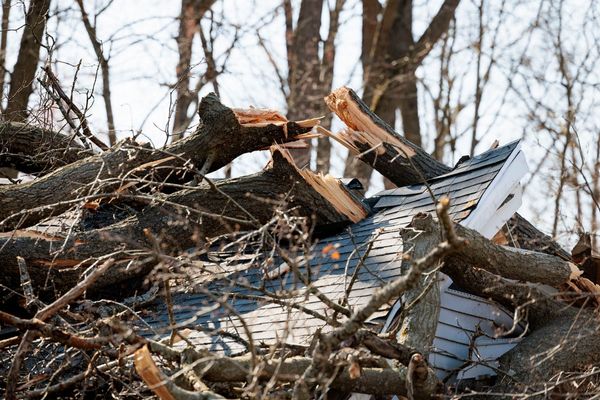
Japan's plan to undertake its biggest military build-up since World War Two without increasing headcount is flawed, former and serving officers told Reuters, casting doubt over the country's efforts to deter regional rivals China and North Korea.
The five-year plan unveiled on Friday will double Japan's defence spending and add new capabilities, including long-range missiles and an expanded cyber warfare unit.

It will not, however, boost the size of its military, called the Self-Defense Forces (SDF), above a ceiling of 247,000 people set more than a decade ago.
Instead, it will retire attack helicopters, search-and-rescue planes and old warships in favour of drones and vessels that require fewer sailors, while also relying on civilian contractors for training and some limited support operations.
"It is just a paper plan and that should be corrected," said Yoji Koda, a retired navy admiral, who commanded the Japanese fleet in 2007-2008. "Manpower is the real issue for Japan to defend against China and North Korea," he added.
Koda said the plan would limit Japan's ability to fight in situations such as land invasions and sea battles, giving its foes an advantage.
Some serving officers also doubt the practicalities of the plan.
While pivoting to drones could avoid casualties in combat, such a move would take years and require more staff to maintain and operate them, one senior officer in Japan's air force told Reuters, requesting anonymity because he is not authorised to talk to the media.
"The problem is we can't make them fast enough to catch up with the threat level and compensate for the lack of manpower," the officer said.
Koda and retired Admiral Katsutoshi Kawano, who served as the country's top military commander for five years until 2019, said Japan needs around 300,000 troops to execute its new plans.
In 2021, there were 230,754 people serving in the SDF, according to the defence ministry.
China, which Japan worries could launch an attack on neighbouring Taiwan following Russia's example in Ukraine, has around 2 million soldiers.
Japan's defence ministry did not immediately respond to a request for comment.
RECRUITMENT PROBLEMS
Japan's hopes of relying on a manpower-light army is a response to the long-running problem of finding recruits in an ageing country that still wrestles with its wartime past, analysts say.
It has repeatedly failed to hit its current 247,000 target, with applications last year just 84,825, a drop of 26% compared to a decade ago.
Even those keen to join have a tough time convincing their parents.
"My parents were against my pursuing a career at SDF. But I kept telling them that I wanted to join, now they are supporting me" Yoshito Yamaguchi, a 21-year-old student told Reuters at a recruitment event this month at an airbase near Tokyo.
He was one of only eleven people who attended the event.
By 2028, when Japan will have completed its military expansion, the number of 18-26 year-olds in the country will shrink by 800,000 to 10 million, according to the government.
Nozomu Yoshitomi, a professor at Tokyo's Nihon University and a retired major general, said staffing issues may occur in new areas such as cyber warfare where the government will have to match the high pay offered in private sector jobs to find talent.
"If the Japanese think automation...is going to make up for the personnel disaster they've got, they can forget about it," said Grant Newsham, a retired U.S. Marine Corps colonel and research fellow at the Japan Forum for Strategic Studies who served as a USMC liaison officer to the SDF.
(Reporting by Kaori Kaneko, Tim Kelly, Yukiko Toyoda, Nobuhiro Kubo and Sakura Murakami; Editing by John Geddie and Edwina Gibbs)







